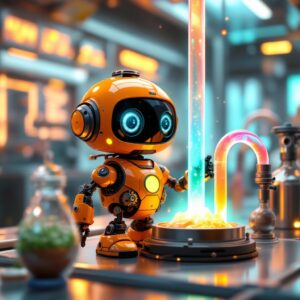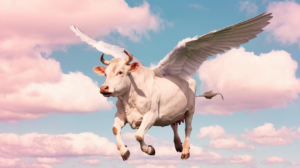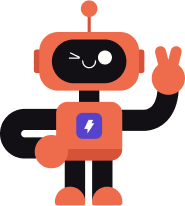Artificial Intelligence and creativity seem to be two opposing forces in the world of content creation. But can they coexist? As entrepreneurs and digital marketers, we can’t ignore the benefits of AI in creating efficient and effective content. However, there’s a common “misconception” that AI-generated content is plagiarism and lacks originality. In this short blog post, we’ll explore the relationship between AI and creativity in content creation and discover whether they can truly coexist.
Table of Contents
ToggleAdvantages of AI-Powered Content
Artificial intelligence offers several benefits for content creation, including saving time, being cost-effective, providing consistency, using data-driven analysis, and collaborating with human writers.
– Saves Time: It can help produce content much faster than humans, allowing marketers to focus on other important tasks.
– Cost-Effective: Hiring a team of writers can be expensive, whereas AI-generated content is often more affordable and accessible.
– Consistency: It can maintain consistency in tone, style, and messaging across multiple pieces of content.
– Data-Driven: It can analyze data and create content that resonates with target audiences, leading to better engagement and conversions.
– Collaborative: AI can work alongside human writers to enhance their creativity and provide new ideas.
Disadvantages of AI Content
The content generated by artificial intelligence tools has several limitations, including a lack of creativity and imagination, limited contextual understanding, a risk of plagiarism, and an inability to adapt to new trends.
– Lack of Creativity: Content geenerated by A.I lacks the creativity and imagination that comes from human writers. While AI can produce content quickly and efficiently, it often lacks the human touch that makes content unique and engaging.
– Limited Contextual Understanding: A.I is limited in its contextual understanding of language and may not fully grasp the nuances of a specific topic or industry. This can result in content that is inaccurate or irrelevant to the target audience.
– Risk of Plagiarism: A.I content creation tools may scrape information from existing sources, leading to the risk of plagiarism. While most tools have built-in plagiarism checkers, it’s essential to ensure that content is original and not copied from other sources.
– Inability to Adapt to New Trends: A.I is programmed to follow specific rules and patterns, making it difficult to adapt to new trends or changes in the industry. This can result in content that is outdated or irrelevant to the target audience.
Can AI and creativity coexist in content creation?
Artificial intelligence can enhance creativity by analyzing data and automating repetitive tasks, while also generating content quickly for time-sensitive campaigns. However, it is important to note that AI is not a replacement for human creativity and human input is necessary to add a personal touch and ensure originality.
– Artificial Intelligence isn’t a replacement for creativity, but rather a tool to enhance it.
– It can analyze data and provide insights that can inspire creative ideas.
– Ability to automate repetitive tasks, freeing up time for creatives to focus on more complex tasks.
– AI can generate content quickly, which can be useful for time-sensitive campaigns.
– AI-generated content can be edited and refined by humans to add a personal touch and ensure originality.
Addressing the plagiarism concern:
Artificial intelligence has the potential to revolutionize the way we approach plagiarism. By properly sourcing and crediting AI-generated content, it can be considered original work. In addition, artificial intelligence can assist in avoiding unintentional plagiarism by suggesting alternative wording and identifying potential plagiarism by comparing new content with existing sources.
– AI-generated content isn’t plagiarism as long as it’s properly sourced and credited.
– AI can help avoid unintentional plagiarism by analyzing existing content and suggesting alternative wording.
– AI can also help identify potential plagiarism by comparing new content with existing sources.
Conclusion:
While artificial intelligence has its advantages in content creation, it’s essential to understand its limitations. AI-generated content may lack creativity, contextual understanding, and adaptability, and there’s a risk of plagiarism. As entrepreneurs and digital marketers, we should strive to find a balance between AI and human creativity to produce engaging and original content that resonates with our audiences.




